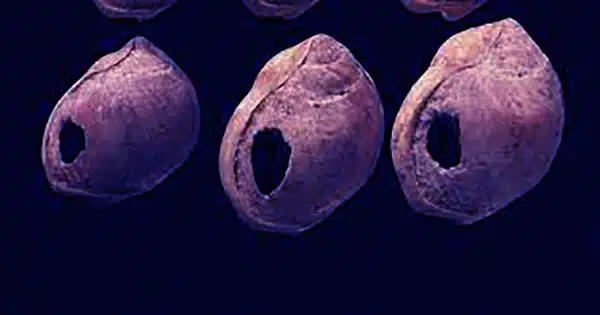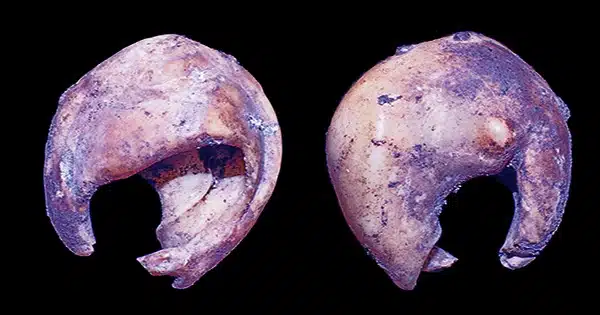University of Wyoming Archaeology Professor Todd Surovell and his team of partners discovered a tube-shaped bone bead that is approximately 12,940 years old. The bead was discovered at the La Perle Mammoth site in Converse County and is the Americas’ earliest known bead.
Surovell’s findings were reported in Scientific Reports, with the title “Use of hare bone for the manufacture of a Clovis bead.” The research team comprised partners from the University of Washington, the Wyoming State Archaeologist’s Office, the University of Manchester, Weber State University, and Chico State University.
The La Prele Mammoth site contains the remains of a dead or scavenged sub-adult Columbian mammoth, as well as an accompanying camp that was occupied during the animal’s butchery.
To determine the origin of the bone bead, the scientists extracted collagen for zooarchaeology using mass spectrometry, often known as ZooMS, which provided information about the chemical makeup of the bone.

The researchers decided that the bead was created from a hare’s metapodial (the bones that connect the phalanges of the digits to the more proximal bones of the limb) or proximal phalanx.
This discovery provides the first secure evidence for the use of hares during the Clovis period, a prehistoric era in North America that peaked some 12,000 years ago. It is called for the Clovis archeological site in New Mexico, where unique stone tools were discovered.
The bead measures roughly 7 millimeters in length and has an average interior diameter of 1.6 millimeters. The research team explored the possibility that the bead was the result of carnivore ingestion and digestion rather than human creation; however, carnivores were not frequent at this location, and the item was discovered 1 meter away from a dense dispersion of other cultural objects.
Furthermore, the grooves on the outside of the bead are compatible with human production, whether with stones or their teeth. Beads like this one were probably used to embellish their bodies or garments.
Surovell, who also runs the University of Washington’s Frison Institute, is an archaeologist who specializes in the Paleoindian period, the earliest period of American archaeology. He has largely worked in the Great Plains and Rocky Mountains, but he has also conducted fieldwork in Eurasia. He’s interested in the elements that shape the archaeological record, from decision-making to site development.
















